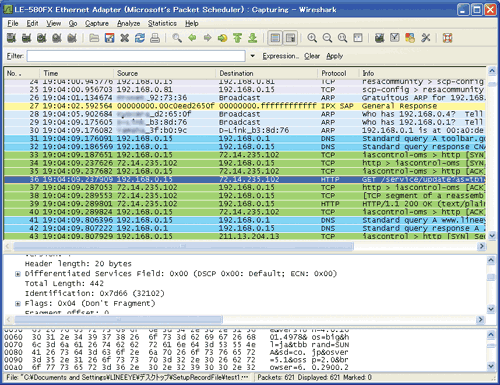
See Steve Karg’s article Analyzing BACnet for more in depth information. This is just a cursory introduction to Wireshark for BACnet Technicians, it really is a very powerful tool to have handy when dealing with troublesome networks. Here is a table of some examples of the available BACnet filters: Capture FiltersīACnet/IP packets on UDP port 47808 or 47809īACnet UnconfirmedCOVNotification packetsįor a full list of capture filters available, click on the “Expression…” button next to the display filter bar and drill down into the desired service. Filters can be applied based on device IP address to focus on a specific device, various BACnet services and commands, as well as BACnet networks and device IDs. In the main interface you can apply additional filters to narrow this down to just the relevant packets based on many metrics. Wireshark captures lots of data, even with an interface filter set. We recommend using a diagnostic switch in front of the device you’re working with, as unicast messages will likely not be picked up by the NIC directly this will mirror all traffic going to and from that device to your machine, giving you a better view of the traffic you are interested in. I generally like to capture all network traffic and then filter down to only the packets I’m interested in but filters can be applied to the desired network interface before capturing begins to save on space, the following screenshot shows how to filter on the standard BACnet UDP port of 47808:Īt this point it’s important to note that Wireshark will only be able to capture what the machine running it can see on the network. Wireshark is a free, open source, packet capture utility that can be used to analyze network traffic in general and includes functionality to capture and inspect BACnet packets right out of the box. Most technicians I work with are already familiar with this free utility but every once and a while I come across someone who isn’t familiar with it at all or has only heard about it in passing from other techs. Le or = 10.10.50.1 and ip.Often when handling support issues I ask customers to take a Wireshark capture in order to help diagnose and isolate the root cause of networking issues. Protocol used in the Ethernet frame, IP packet, or TC segmentĮither all or one of the conditions should matchĮxclusive alterations – only one of the two conditions should match not bothįiltering Packets (Display Filters) Operator


Source address, commonly an IPv4, IPv6 or Ethernet address Main Toolbar Items Default Columns In a Packet Capture Output Nameįrame number from the beginning of the packet capture.Keyboard Shortcuts – Main Display Window.Default Columns In a Packet Capture Output.


 0 kommentar(er)
0 kommentar(er)
